Rising Urbanization and Traffic Congestion
Urbanization in South Korea is a significant driver for the low speed-vehicle market. As cities become increasingly populated, traffic congestion has reached critical levels, prompting a shift towards more efficient transportation solutions. Low speed-vehicles, which are often smaller and more maneuverable, provide a practical alternative for navigating crowded urban environments. In 2025, it is projected that urban areas will account for over 70% of low speed-vehicle sales, as consumers seek convenient and space-efficient options. This trend is further supported by the growing awareness of the environmental impact of traditional vehicles, leading to a preference for low speed-vehicles that contribute to reduced emissions and lower noise pollution. Consequently, the low speed-vehicle market is likely to thrive in urban settings where these vehicles can effectively address the challenges posed by urbanization.
Government Incentives for Electric Vehicles
The low speed-vehicle market is experiencing a surge due to government incentives aimed at promoting electric vehicles (EVs). The South Korean government has implemented various subsidies and tax reductions for consumers purchasing EVs, which has led to an increase in demand for low speed-vehicles. In 2025, it is estimated that approximately 30% of new vehicle registrations in urban areas are low speed-vehicles, driven by these incentives. Furthermore, the government has set ambitious targets for reducing carbon emissions, which aligns with the growing consumer preference for environmentally friendly transportation options. This regulatory support not only encourages manufacturers to innovate but also enhances consumer confidence in adopting low speed-vehicles, thereby propelling the market forward.
Technological Advancements in Vehicle Design
Technological advancements are playing a crucial role in shaping the low speed-vehicle market. Innovations in battery technology, lightweight materials, and smart connectivity features are enhancing the performance and appeal of low speed-vehicles. For instance, the introduction of advanced lithium-ion batteries has improved the range and efficiency of electric low speed-vehicles, making them more attractive to consumers. In 2025, it is anticipated that nearly 40% of low speed-vehicles will incorporate smart technology, such as autonomous driving features and integrated navigation systems. These advancements not only enhance user experience but also align with the growing consumer expectation for modern, tech-savvy vehicles. As manufacturers continue to invest in research and development, the low speed-vehicle market is likely to benefit from these innovations, leading to increased adoption and market growth.
Environmental Awareness and Consumer Preferences
The low speed-vehicle market is significantly influenced by rising environmental awareness among consumers. As public consciousness regarding climate change and pollution grows, there is a marked shift towards sustainable transportation options. Surveys indicate that over 60% of consumers in urban areas express a preference for low speed-vehicles due to their lower emissions and reduced environmental impact. This trend is further supported by educational campaigns and community initiatives promoting eco-friendly transportation. In 2025, it is expected that consumer demand for low speed-vehicles will continue to rise, driven by a desire to contribute to environmental sustainability. Consequently, manufacturers are increasingly focusing on producing low speed-vehicles that meet these consumer expectations, thereby enhancing the overall market landscape.
Infrastructure Development for Electric Vehicles
Infrastructure development is a pivotal driver for the low speed-vehicle market. The government and private sector are investing heavily in charging stations and maintenance facilities to support the growing number of electric low speed-vehicles. By 2025, it is projected that the number of charging stations will increase by 50%, making it more convenient for consumers to adopt electric low speed-vehicles. This expansion of infrastructure not only alleviates range anxiety but also encourages manufacturers to produce more electric models, knowing that adequate support systems are in place. As the infrastructure continues to develop, the low speed-vehicle market is likely to see accelerated growth, as consumers feel more confident in transitioning to electric options.


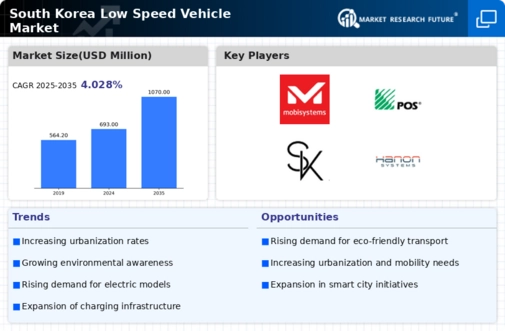
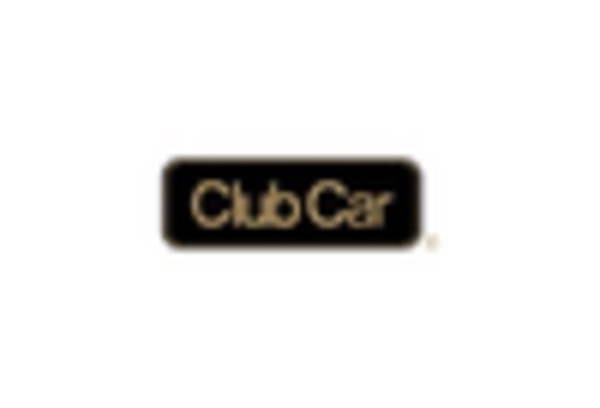
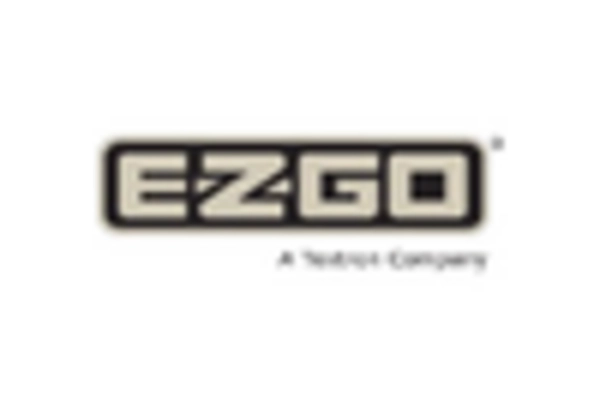

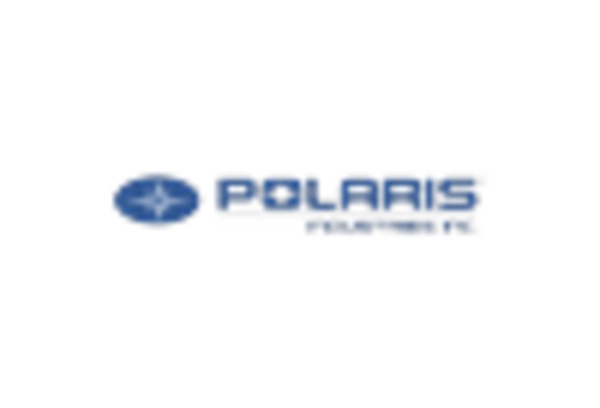
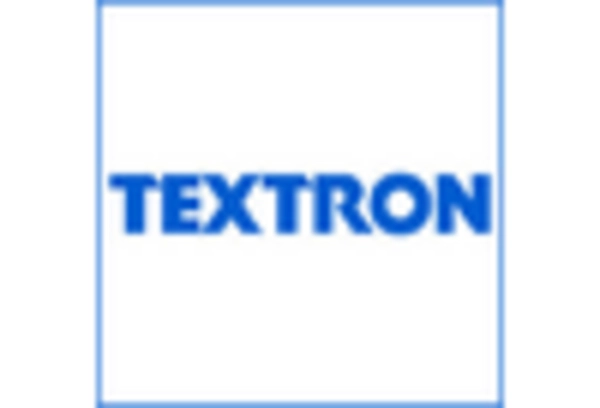









Leave a Comment